(Formerly 4mality)
Usable Math
An Open Educational Resource (OER) Licensed Under CC-BY-NC 4.0
100% Free To Use
U Able = You can math problem solve
Us Able = All of us can math problem solve
Usable = Everyone can math problem solve with practice, effort and support.
Online Math Problem Solving and Design for Young Learners
Usable Math provides interactive problem solving practice for 3rd through 6th grade students learning mathematical reasoning and computation through creative writing, Google slideshow design, and human-AI collaboration.

Math Friends
Featuring four coaches Estella Explainer, Chef Math Bear, How-to Hound, and Visual Vicuna who offer reading, computation, strategy, and visual strategies for solving math problems.

Estella Explainer
"I help children understand the language and meaning of questions using kid-friendly vocabulary."

Chef Math Bear
"I provide computational strategies (addition, subtraction, multiplication and division) for solving problems."

How-to-Hound
"I present strategic thinking clues (rounding, estimation, elimination of wrong answers)."

Visual Vicuna
"I offer ways to see problems and their solutions using animations, pictures, charts and graphs."
The coaches annotate hints and provide feedback to help students with various levels of knowledge solve mathematical word problems using a wide range of strategies.
Math and ISTE Standards Based
Usable Math aims to teach mathematics concepts and problem solving skills based on the Massachusetts Mathematics Curriculum Framework and the Common Core State Standards for Mathematics.Usable Math supports ISTE Standards for Students:
Empowered Learner (1.1),
Knowledge Constructor (1.3), and
Computational Thinker (1.5)
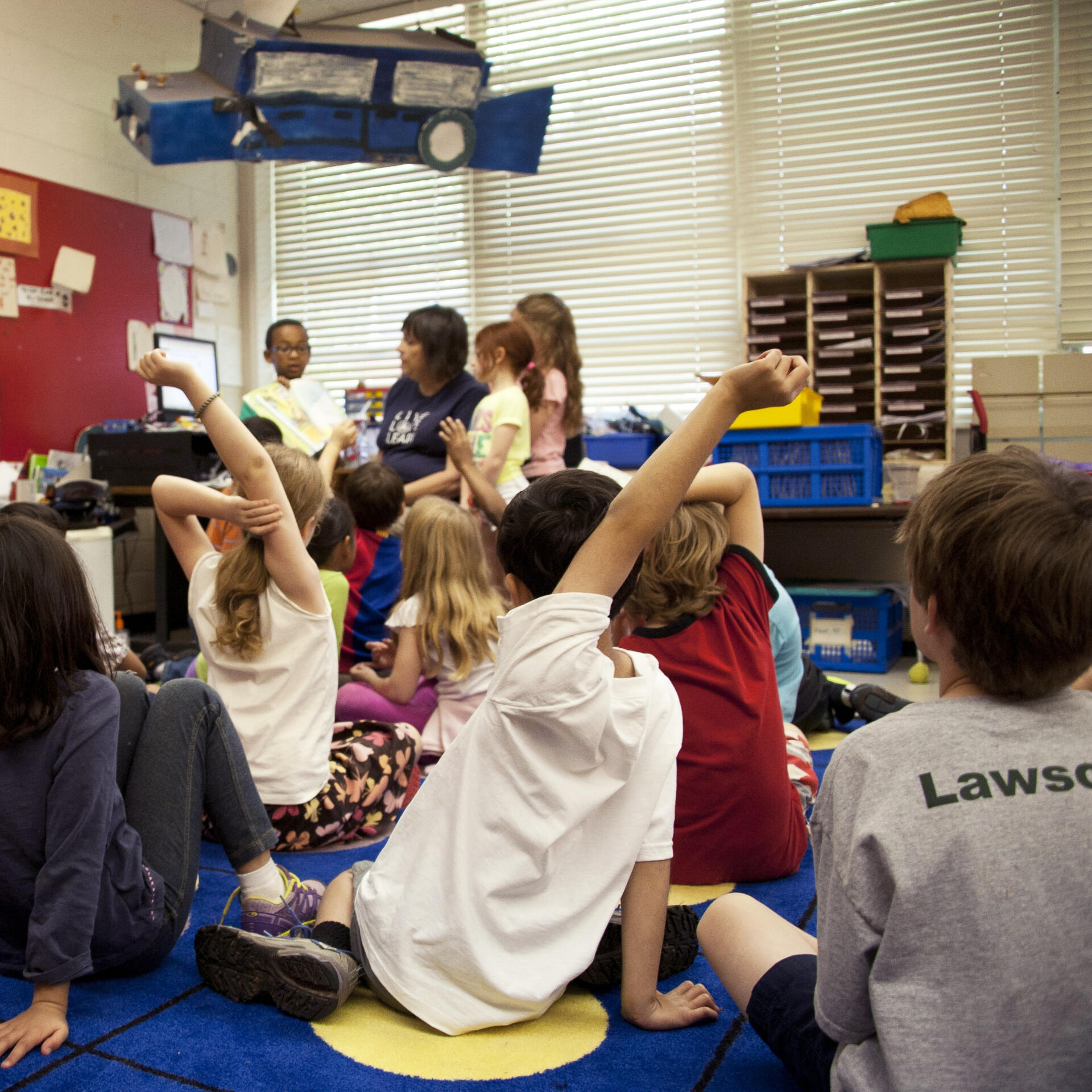
Open Education Resource
Usable Math is an open education resource project developed in the College of Education, University of Massachusetts Amherst. Usable Math received a 2023 classroom grant from MassCUE (Massachusetts Computer Using Educators). An initial version called 4mality was developed with funding support from the Verizon Foundation and a grant from the US Department of Education, Institute of Education (IES).
BROWSE MATH MODULES
Storywriting, History, and Science Modules
Math Problem-solving and Design Modules
More coming soon!
Early Learning Math Word Problems and Concepts
AI-ENHANCED LEARNING
Introducing AI-Enhanced Math Comprehension with Estella Explainer Math Bot 2, a GPT4-powered tool designed to revolutionize how elementary school students understand math word problems.
Free to use. A free ChatGPT account is required.
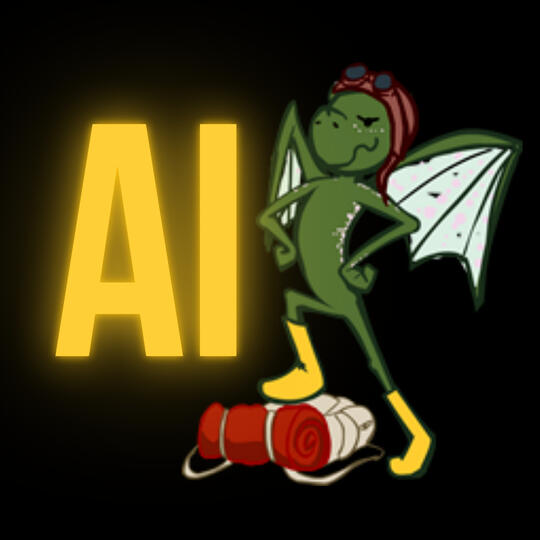
Estella Explainer Math Bot 2 logo
Empowering Math Educators
A Reading and Language Coach: A Reading and Language Coach: Estella Bot assists teachers and tutors by providing simplified explanations of math word problems and vocabulary.
Fine-Tuning for Clarity: We have customized the bot to enhance young students' understanding of math problems through targeted fine-tuning.
Enhancing Student Understanding
Overcoming Challenges: Address the complexities of math word problems with Estella Bot’s support.
Step-by-Step Problem Solving: Inspired by George Polya’s methodology, Estella Bot helps students read and comprehend problems before solving them.
Applying the Feynman Technique: Estella Bot uses the Feynman Technique to simplify complex word problems for young learners, by breaking down complex math terms into easy-to-understand language.
Interactive Learning Partner
Natural Conversations: Engage in interactive, human-like conversations with Estella Bot to clarify and deepen math understanding.
Sample Dialogues: View examples of how Estella Bot simplifies math problems through clear and concise explanations.
Decision-Making Tool for Educators
Using the Decision Tree: Utilize the Estella Explainer AI Bot Decision Tree to guide teaching strategies and support student learning effectively (scroll down for the decision tree visual).
Best Practices for Using Estella Bot
Contextual Prompts: Provide specific educational context to receive the most accurate and helpful responses from Estella Bot.
Precision in Language: Use clear, concrete language in prompts for better bot responses.
Readability Metrics: Apply the Flesch-Kincaid Scale to ensure responses are easily understood by young learners.
Share Your Feedback
We value your input on the Estella Bot and the Usable Math platform. Please send your feedback to [email protected], or use our contact form.
Best Practices for Using Estella Bot
Contextual Prompts: Provide specific educational context to receive the most accurate and helpful responses from Estella Bot.
Precision in Language: Use clear, concrete language in prompts for better bot responses.
Readability Metrics: Apply the Flesch-Kincaid Scale to ensure responses are easily understood by young learners.
See decision tree on our blog (opens in a new tab).
HOW TO USE
Welcome to Usable Math. In this interactive website, you will find Learning Modules designed to develop mathematical problem solving skills among young learners in grades 3 to 6.
Our Modules explore standards-based math concepts including Fractions, Measurement, Geometry, Decimals, Money, and more. Usable Math is free to access using a computer, smartphone, or iPad.
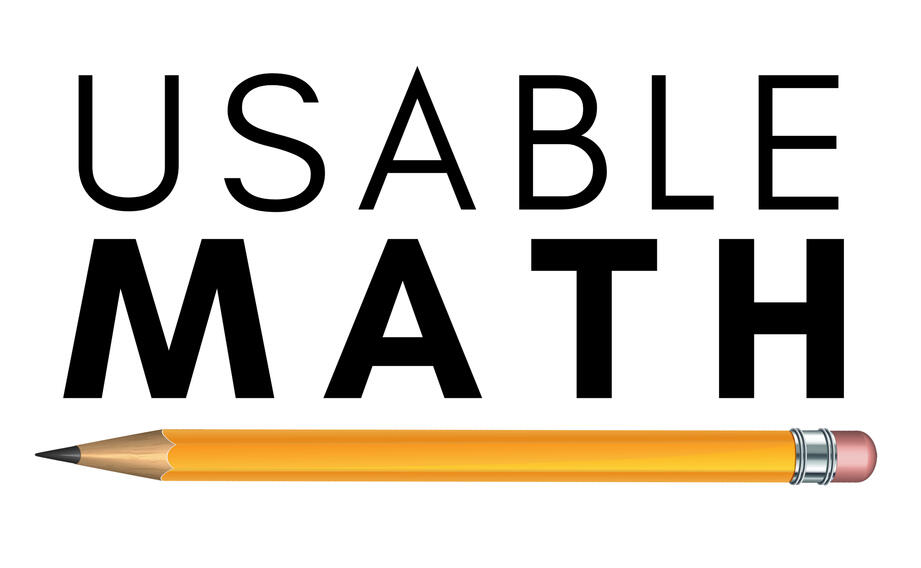
What do we mean by Usable Math?
The word Usable can read as follows:
U Able meaning you can do math problem solving.
Us Able meaning together all of us can do math problem solving.
Usable meaning anyone is able to learn math problem solving - with practice, effort, and support.
What are the Usable Math Learning Modules?
Each learning module in Usable Math consists of a group of math word problems related to a specific mathematical concept. The problems are based on the Massachusetts Mathematics Curriculum Framework↗ as well as Common Core Standards↗.
Each problem within a module consists of a question, three to four possible answer choices, and problem solving ideas and strategies provided by our four coaches: Estella Explainer, Chef Math Bear, How-to-Hound, and Visual Vicuna.
How are the Modules Displayed online?
Each module has been developed using Google Slides.
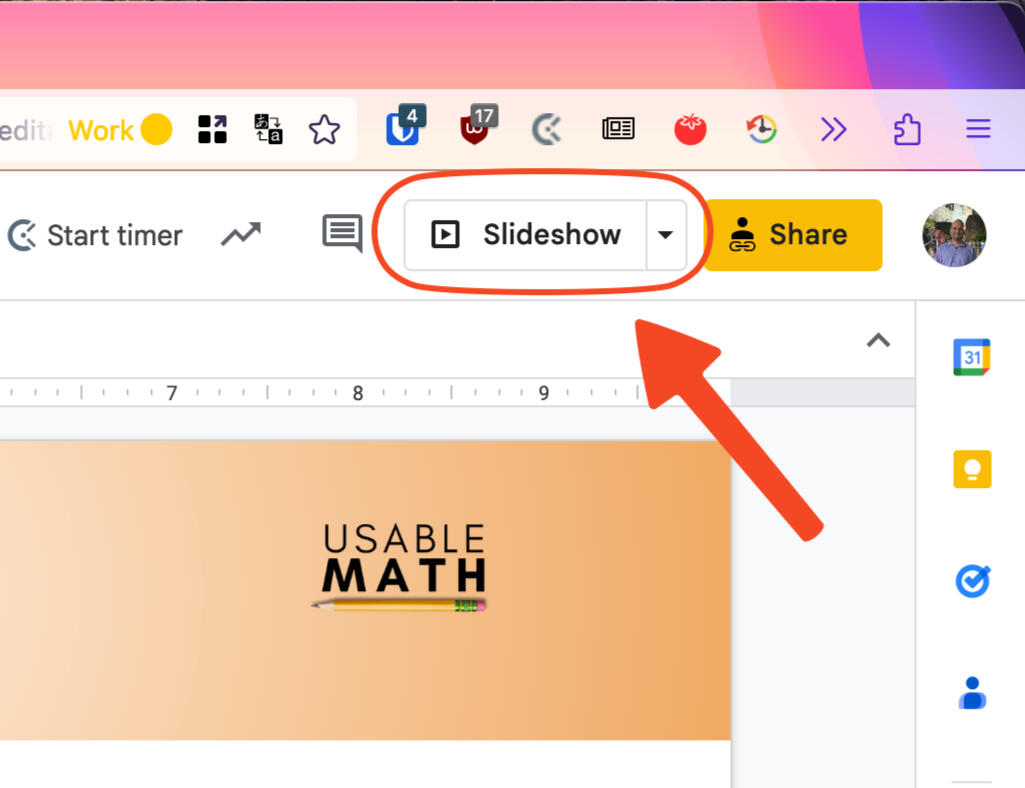
Click. Pause. Solve.
View each module in Slideshow.
How do teachers, students and families use each module?
We strive to make every module on Usable Math kid friendly.Clicking on a module from the selections on the Modules Homepage, each user controls what happens during the learning experience by clicking to open strategies and spending time thinking about them before answering the question. The goal is for students, by themselves, in small groups, or with a teacher, or a family member, to analyze and understand what the problem is asking them to solve before providing an answer.
A question appears without its answer choices or any problem solving strategies.
Click one time and Estella offers a problem solving strategy.
Click again and the Bear offers a different strategy.
Click again and the Hound presents a strategy.
Click again and the Vicuna has an additional strategy approach.
The next click gives the four answer choices, but not yet the correct answer.
The final click highlights the correct answer from among the answer choices.
Before going to the next problem, a motivational statement and gif appears offering encouragement to the users.
For Math Interventionists: Easily Access and Customize Usable Math Modules
Usable Math offers a wide range of publicly available math modules that anyone can use without needing to create an account. If you are a math interventionist and would like to tailor a specific module to better fit your students' needs, simply make a copy using Google Slides. This process is straightforward and only requires a free Google account. Follow the steps in the screenshot below to effortlessly duplicate any module and customize it for your classroom. Empower your teaching with flexible, adaptable resources designed to enhance mathematical problem-solving skills.You can read more about how math interventionists can use Usable Math elementary math learning technology on our blog.
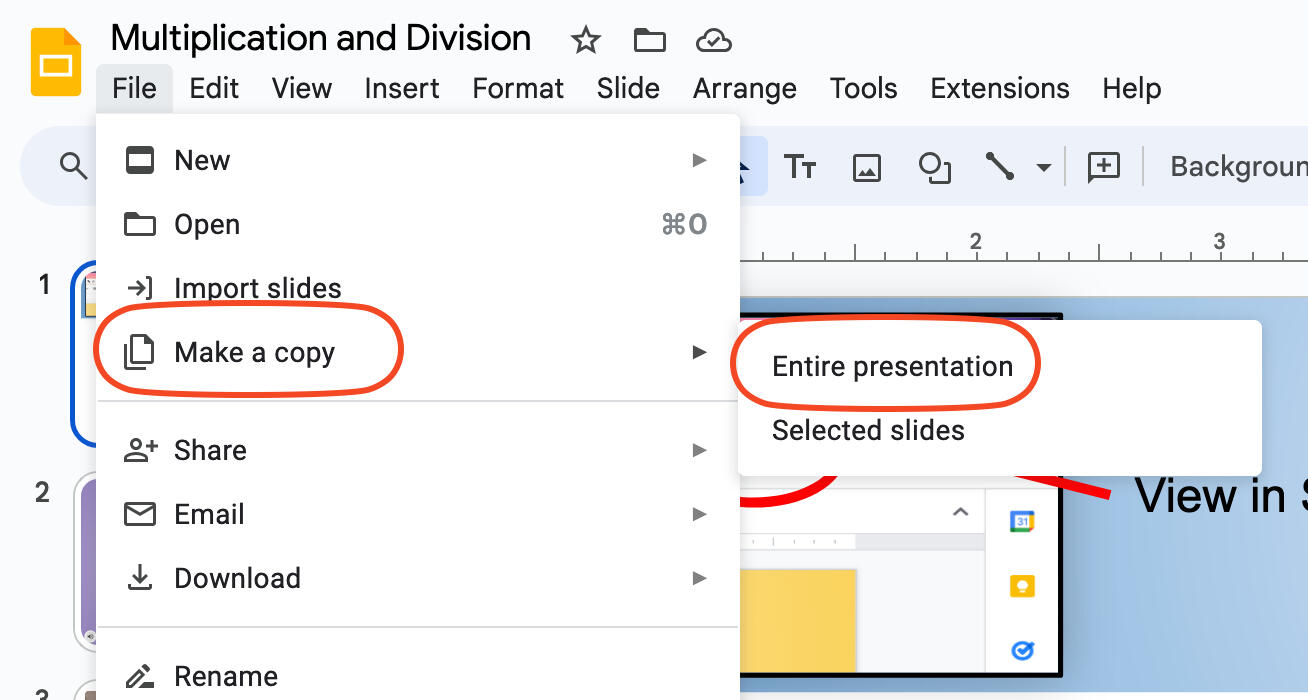
What is the purpose of the Motivational Statements between Problems?
Each motivational statement is intended to provide feedback and encouragement to students using the system.Following the insights of researchers into the use of praise and the development of growth mindsets in young learners, these motivational statements are designed to reward students’ effort, hard work, persistence, and belief in one’s self as a learner. We want youngsters to realize that they can learn anything with the right tools, the right beliefs, the right coaches, and their own work and practice.
Need more help? Or have a question?
Reach out to us and we will do our best to get back to you within 12 hours.
RESEARCH AND RESOURCES
We believe that every child deserves a strong foundation in mathematics. Our platform is designed to provide engaging and effective math instruction to elementary school students, and we are proud to say that there is science behind the way we deliver this instruction.
Usable Math was formerly known as 4MALITY. As a result of our commitment to providing the best possible math instruction to elementary school students, we have rebranded our platform as UsableMath.com to better reflect our mission and approach to teaching mathematics.
Our platform is designed to provide engaging and effective math instruction to students in grades K-5, using a unique approach that emphasizes hands-on, problem-solving activities. We use interactive, multimedia elements such as videos, games, and simulations to help students understand key mathematical concepts and build a strong foundation of knowledge.
Math Coaches
The use of virtual coaches that provides students with personalized support and feedback, has become increasingly popular in the field of math education. Research has shown that learning companions can be effective in improving student engagement and motivation, as well as helping students to better understand mathematical concepts and build a stronger foundation of knowledge.UsableMath employs the concept of learning companions to help students succeed in mathematics. Our virtual math coaches serve as personal guides, providing students with individualized support and feedback as they work through mathematical concepts and problems. These coaches, or learning companions, are designed to be like friends or mentors, helping students to build their confidence, overcome challenges, and achieve their full potential.
How are we using Generative AI to enhance Usable Math Modules?
As developers of Usable Math, we are aware of both the educational potentials and complexities of Generative AI technologies. In our system, ChatGPT is used to support teachers and other adults to expand and enhance how math can be understood and taught in schools and homes. When you click on the AI icon, you are linked to a blog where we have recorded how AI proposes to solve selected math word problems found in Usable Math modules in a side-by-side view next to the hints we have authored from the perspectives of our four math coaches: Estella Explainer, Chef Math Bear, How-to-Hound, and Visual Vicuna. Our hope is that our strategies along with the AI-developed strategies will give adults more ways to inspire math learning among students.
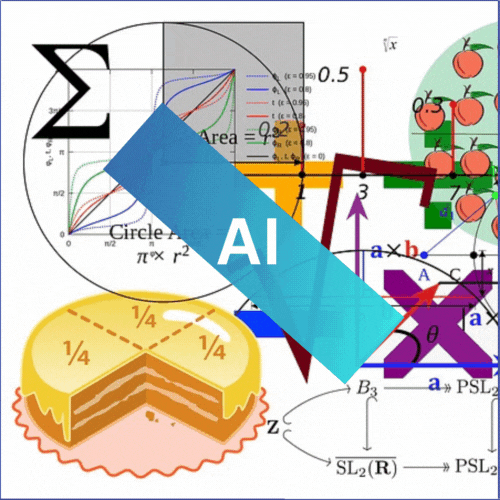
Look for this icon for AI-enhanced guides.
Prompts for ChatGPT, BingAI and Other Generative AI Tools

Estella Explainer Prompt:
Take the personality of a math coach who provides strategies for understanding language and meaning of questions using kid-friendly vocabulary. The coach’s motto is "My job is to explain the math questions clearly so you know what you are supposed to do to solve the problem. Sometimes there are unfamiliar or confusing terms in the question. I will help you understand what they mean. The first math problem is {replace math word problem here}
Powered by ChatGPT

Chef Math Bear Prompt:
Take the personality of a math coach who provides computational strategies (addition, subtraction, multiplication and division) for solving problems. The coach’s motto is “I am here to make sure that you know how to do the math needed to answer these questions. Sometimes you need to do addition, subtraction, multiplication or division. Some questions ask you to use fractions, decimals, large numbers, and probability. When you need ideas for what to do, I am ready.

How-to-Hound Prompt:
Take the personality of a math coach who uses strategic thinking clues (rounding, estimation, elimination of wrong answers) to solve math problems. The coach’s motto is “Answering math questions means you need a plan and my role is to help you figure out different strategies for solving problems. Sometimes you can get the correct answer by crossing out the wrong answers; other times you can round numbers up or down to make figuring a problem easier. I know other strategies as well.

Visual Vicuna Prompt:
Take the personality of a math coach who offers ways to see problems and their solutions using animations, pictures, charts and graphs. The coach’s motto is “I find math is a lot clearer when I take the numbers and words and put them into pictures and drawings or move objects around so I can see how to answer a question. When you find yourself unsure about a question, see if one of my ideas will explain what to do.
Growth Mindset Statements
As education researchers, we understand the important role that a positive attitude and motivation play in learner success. That's why we’ve integrated the use of growth mindset and motivational cues in Usable Math. After every math challenge, students receive messages that encourage them to adopt a growth mindset, reinforcing the idea that with effort and persistence, they can improve their math skills and achieve success.

A sample motivational cue from the Fractions module.
Collaborative Problem Solving
We believe in the power of collaboration and teamwork when it comes to learning mathematics. Our platform creates a learning climate that promotes collaborative problem solving, providing students with opportunities to work together and explore mathematical concepts in a supportive and inclusive environment.Whether you are a student, teacher, or parent, we invite you to explore our platform and experience the science behind the way we deliver math instruction to elementary school students.Read more about our work on the Journal of STEM Education↗
PUBLICATIONS
Our work is featured in:
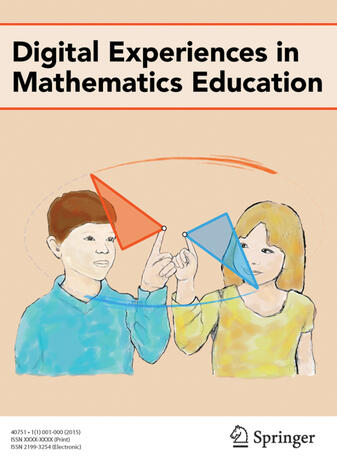

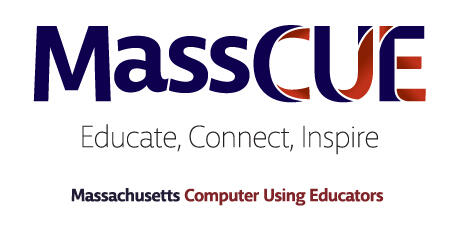
Usable Math online math learning technology, developed by Sharon Edwards, Robert Maloy, and Sai Gattupalli, represents a comprehensive effort to redefine and expand the concept of mathematical literacy for elementary learners. Our platform is designed to offer robust instructional support, helping students build a strong foundation in math that is essential for navigating the challenges of modern society, whether in the classroom, the workplace, or daily life.
On this page, you will find a collection of our publications, presentations, and blog articles that delve into the core methodologies and research driving Usable Math. Our work spans a variety of topics, from leveraging generative AI to enhance math learning to developing culturally responsive teaching strategies. These resources are designed not only to support educators in the classroom but also to contribute to the broader conversation on how we can better equip young learners with the mathematical skills they need to succeed.Explore our latest contributions to the field, and join us in our commitment to making math education both effective and engaging for all students.
Papers, Presentations and Blogs
Maloy, R. W., Gattupalli, S., & Edwards, S. A. (2024). Students Design Problem-Solving Slideshows. Mathematics Teacher: Learning and Teaching PK-12, 117(8), 579-582. https://doi.org/10.5951/MTLT.2023.0215
UsableMath GenAI Prompts: Learn Math with Our Tailor-Made Prompts for ChatGPT, Claude, and other GenAI tools. Usable Math Blog. https://blog.usablemath.org/usablemath-genai-prompts.
Maloy, R. W. & Gattupalli, S. (2024). Prompt Literacy. EdTechnica: The Open Encyclopedia of Educational Technology. https://edtechbooks.org/encyclopedia/prompt_literacy
Gattupalli, S., & Maloy, R. W. (2024). On Human-Centered AI in Education. https://doi.org/10.7275/KXAP-FN13
Gattupalli, S., Edwards, S.A, Maloy, R. W., & Rancourt, M. (2023, October). Designing for Learning: Key Decisions for an Open Online Math Tutor for Elementary Students. Digital Experiences in Mathematics Education. https://doi.org/10.1007/s40751-023-00128-3.
Gattupalli, S., Maloy, R.W., Edwards, S.A. & Gearty, A. (2023, August 23). Prompt Literacy for STEM Educators: Enhance Your Teaching and Learning with Generative AI. Berkshire Resources for Learning and Innovation (BRLI) Teaching with Technology Conference, Pittsfield, MA. ScholarWorks@UMass.
Blending Gardens and Geometry: Socio-cultural Approaches in Math Ed. Usable Math Blog. https://blog.usablemath.org/blending-gardens-and-geometry-socio-cultural-approaches-in-math-education.
Maloy, R. W., Gattupalli, S., & Edwards, S. A. (2023). Developing Usable Math Online Tutor for Elementary Math Learners with NoCode Tools. Scholarworks@UMass.
Gattupalli, S., Maloy, R. W., & Edwards, S. A. (2023). Prompt Literacy: A Pivotal Educational Skill in the Age of AI. Scholarworks@UMass.
Gattupalli, S., Maloy, R. W., & Edwards, S. (2023). Comparing Teacher-Written and AI-Generated Math Problem Solving Strategies for Elementary School Students: Implications for Classroom Learning. https://doi.org/10.7275/8sgx-xj08
Making Math Usable for Young Learners. Guest post on Rachelle Dené Poth's EdTech blog Learning as I go: Experiences, Reflections, Lessons Learned. January, 2023.
Math Learning Digital Choice Board (2020). ScholarWorks, University of Massachusetts Amherst.
Maloy, R.W., Razzaq, L., & Edwards, S.A. (2014). Learning by Choosing: Fourth Graders Use of an Online Multimedia Tutoring System for Math Problem Solving. Journal of Interactive Learning Research, 25(1), 51-64.
Razzaq, L., Maloy, R. W., Edwards, S. A., Arroyo, I., & Woolf, B.P. (2011). “4MALITY: Coaching Students with Different Problem Solving Strategies Using an Online Tutoring System” (p. 359-364). In J. A. Konstan, Ricardo Conejo, Jose L, Marzo & Nuria Oliver, User Modeling, Adaptation and Personalization: 19th International Conference, UMAP 2011, Girona, Spain, July 11-15 Proceedings. Berlin: Springer Verlag.
Maloy, R.W., Edwards,S. A. & Anderson G. (2010, January-June). “Teaching Math Problem Solving Using a Web-based Tutoring System, Learning Games, and Students’ Writing.” Journal of STEM Education: Innovations and Research, 11(1&2).
Edwards, S. A., Maloy, R.W., & Anderson G. (2010, February). “Classroom Characters Coach Students to Success.” Teaching Children Mathematics, 16(6), 342-349.
Edwards, S. A., Maloy, R. W., & Anderson G. (2009, Summer). “Reading Coaching of Math Word Problems.” Literacy Coaching Clearinghouse. http://www.literacycoachingonline.org/briefs.html.
MEET OUR TEAM
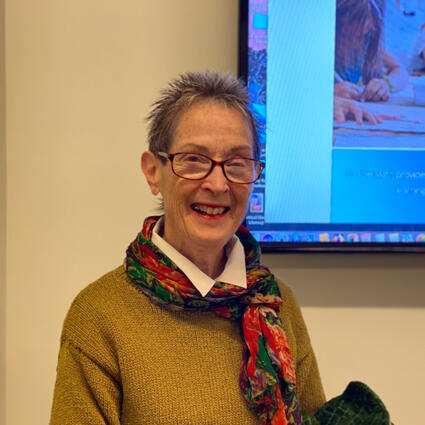
Sharon Edwards, Ed.D.
Teacher Education & Curriculum Studies
College of Education, University of Massachusetts Amherst
Sharon (she/her) is a clinical faculty in the Department of Teacher Education and Curriculum Studies in the College of Education at the University of Massachusetts Amherst. Sharon is the big brains behind the development of Usable Math online math tutor.
Email: sae at umass dot edu

Robert Maloy, Ed.D.
Elementary Math and History
College of Education, University of Massachusetts Amherst
Bob (he/him) is a history and math senior lecturer in the Department of Teacher Education and Curriculum Studies in the College of Education at the University of Massachusetts Amherst. Bob is the creative math content creator and storytelling artist behind Usable Math.
Email: rwm at umass dot edu

Sai Gattupalli, Ph.D.
Math, Science & Learning Technologies (MSLT)
College of Education, University of Massachusetts Amherst
Sai (he/him) is a learning sciences researcher at the University of Massachusetts Amherst, where he designs education technology to make STEAM teaching and learning more effective and engaging. Sai is passionate about understanding learner culture to create effective learning experiences.Email: sgattupalli at umass dot edu
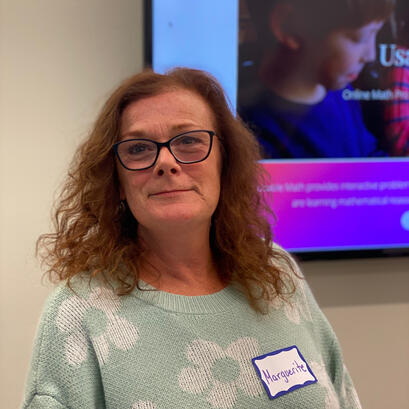
Marguerite Rancourt
Lead Teacher, Discovery School at Four Corners
Greenfield, Massachusetts
Marguerite (she/her) teaches fourth grade at the Discovery School in addition to serving as Lead Teacher for the school. She has created and taught professional development workshop for other elementary school teachers. In 2018, she received the Pioneer Valley Excellence in Teaching Award. Students in her class have been contributing to the design of system throughout the 2022-2023 school year.

Aubrey Coyne
Math Content Designer and Reviewer
College of Education, Commonwealth Honors College, University of Massachusetts Amherst.
Aubrey Coyne (she/her) is a senior at the University of Massachusetts Amherst. She is a math tutor and is studying to make a difference in the education field. Aubrey is passionate about finding ways to make learning accessible and enjoyable for all students.

Sara Shea
Graduate Student, Math and Digital Media Research Assistant
College of Education, University of Massachusetts Amherst
Sara Shea (she/her) is a graduate student at the University of Massachusetts Amherst. She is currently part of the university’s Collaborative Teacher Education Pathway program, working towards earning her master’s degree in elementary education.

Katie Allan
Math and Digital Media Research Assistant
College of Education, University of Massachusetts Amherst
Katie Allan (she/her) is a senior at the University of Massachusetts Amherst. She is a math major with a concentration in education and passionate about math education.
SUGGESTIONS AND FEEDBACK
We welcome ideas from teachers, students, and families about the Usable Math system.
Please complete our UsableMath Module Review and Feedback↗ form.
Your responses will help us to improve how the system works instructionally and technically. Let us know any additional thoughts about the problems, characters, hints, gifs, mindset statements and more.

Thank you.
Your message has been received. We will get back to you shortly. The average response time is approximately 6 hours.





















